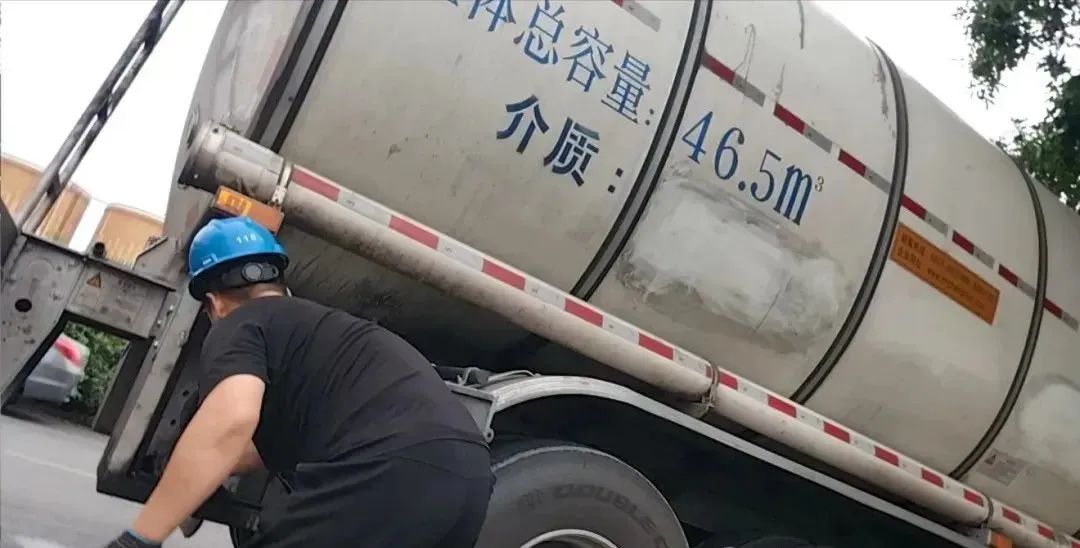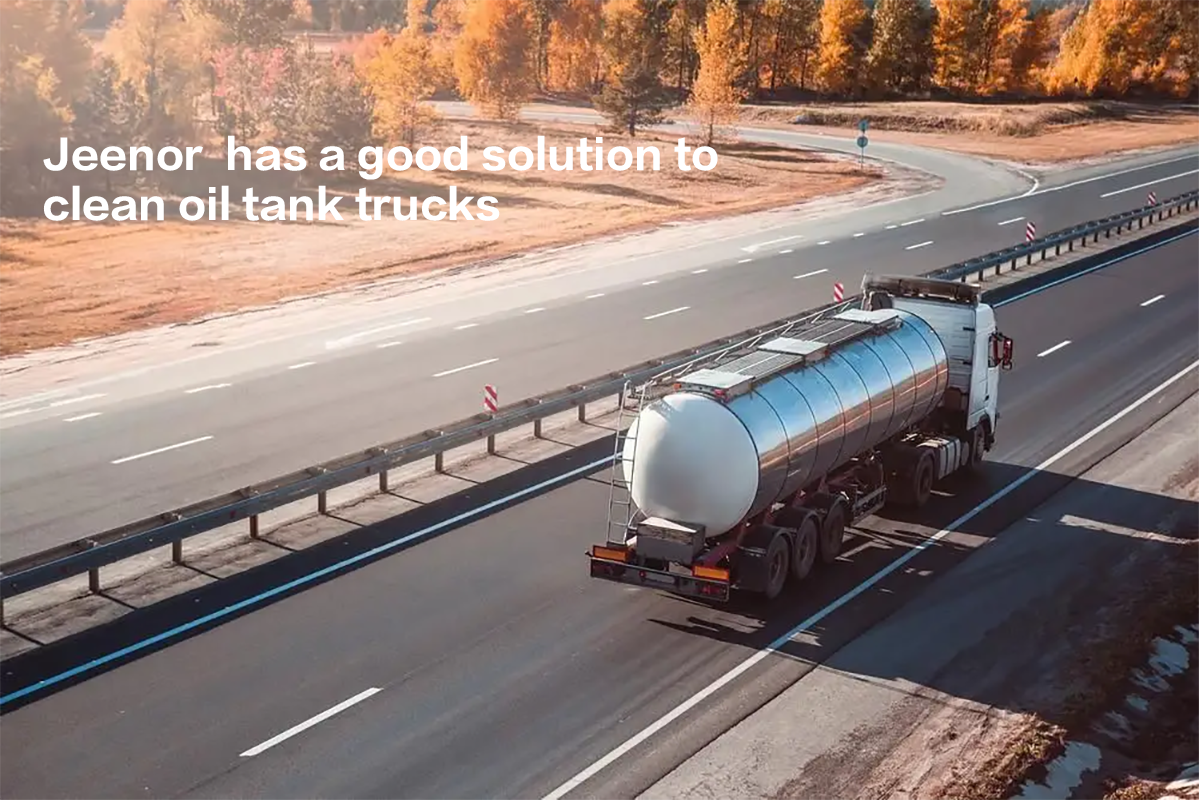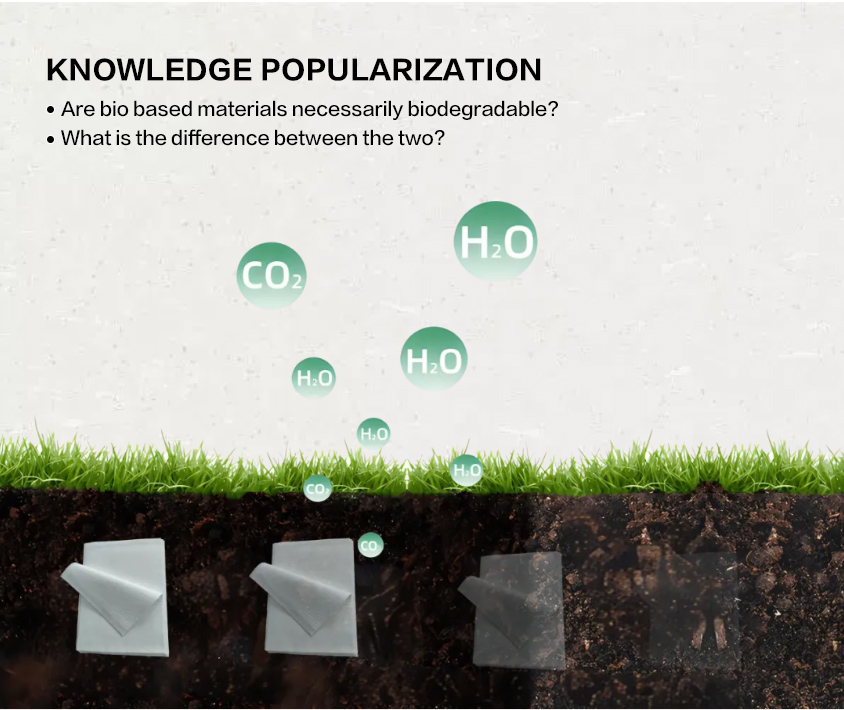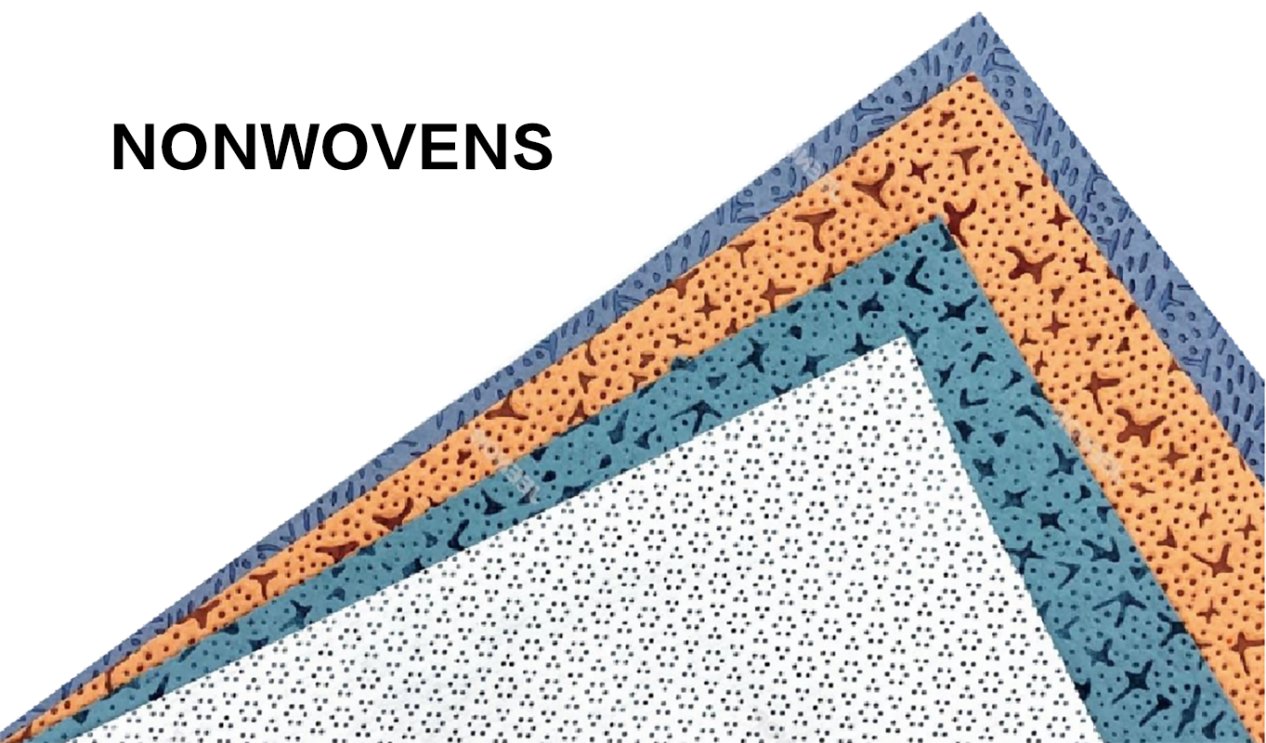Tackling Tanker Truck Issues—JEENOR Has the Solution!
Sep 04,2024
One of the most talked-about recent news stories is the "kerosene tanker truck transporting edible oil" incident. In this case, tanker trucks that had just transported chemical liquids, such as coal-based oil, were used to carry edible soybean oil without being cleaned. This alarming violation of food safety standards has become a shocking reality.

At the gate of an edible oil production company in Tianjin, a tanker driver was seen wiping the oil discharge port. Many tanker drivers, when skipping tank cleaning, simply wipe the discharge port to pass inspections. (Image source: Beijing News)
How to Effectively Clean Heavy Oil Residue from Tanker Trucks
Cleaning an oil tanker efficiently typically involves the following steps:
- Empty the Tank: Ensure the tank is completely drained of oil to minimize any remaining residue.
- Ventilation: Open the ventilation ports to allow proper air circulation and expel residual oil vapors from inside the tank.
- JEENOR SPO Oil Absorbent Pads: Use JEENOR's specialized SPO oil absorbent pads to absorb the residual oil inside the tank. Place the pads in every corner of the tank, and remove them once fully saturated.
- Wipe Down: Perform a thorough wipe-down of the tank's interior using JEENOR MAX3 heavy-duty oil absorbent wipes and BCT microfiber cloths to eliminate any remaining oil and grime.
- Cleaning Solution: Depending on the situation, use a suitable cleaning solution (such as an alkaline cleaner or organic solvent) for a deeper clean, ensuring all oil residues are fully removed.
- Rinse: Use a high-pressure water hose or other rinsing equipment to wash out the tank's interior, removing any leftover cleaning solution and dirt.
- Drying: After cleaning, ensure the tank is completely dry by using drying equipment or allowing it to air dry naturally.
- Inspection: Finally, conduct a thorough inspection of the tank’s interior to ensure it’s fully cleaned, with no residual oil or cleaning agents remaining.
This process not only guarantees the cleanliness of the tanker truck but also enhances safety, preventing the risk of residual oil vapors causing hazards.
Latest News
Contact Information
Hangzhou Jeenor industrial Co.,Ltd
Factory Add: Plant Xincheng, Qiantan Area, Jiande District,311602, Hangzhou, China.
Hangzhou Jiekang New Material Co.,Ltd
Office Add: Room#801, Tower D, Tongwen Road No.1795, Xiaoshan District, 311215, Hangzhou, China.











